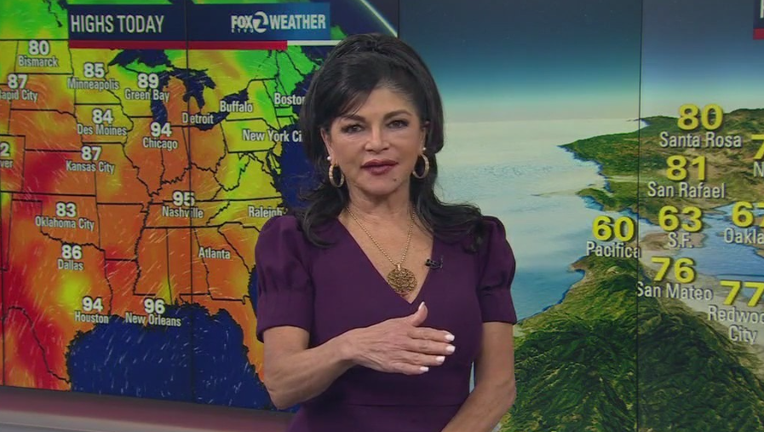What can you do to stay informed and safe during natural disasters?

KTVU Meteorologist Roberta Gonzales shares tips and insight on how residents across the country can stay safe and informed amid natural disasters.
SAN FRANCISCO - As a meteorologist, my heart has been breaking as I continue to monitor the adult and child lives lost in the recent flooding across Texas.
Many are asking: Could this tragedy have been prevented? And with recent cutbacks to the National Weather Service, are we losing a critical safety net, right when we need it most?
Warning Systems Under Stress:
To be clear, the National Weather Service did issue flood watches and warnings. But this was a fast-moving, high-impact event with some areas experiencing more than a foot of rain in just 24 hours. Flash flooding overwhelmed roads, homes and entire communities.
Even the best warnings can only go so far if the system behind them is stretched thin. Right now, National Weather Service offices across the country – including in Texas – are experiencing significant staffing shortages. That means fewer forecasters on duty, fewer updates and sometimes, delays in warnings when every second counts.
It’s not just about radar or satellite data, it’s also about people. People who monitor the skies around the clock. People who interpret the data, issue alerts and work with local emergency managers.
When those teams are understaffed, the whole system becomes less responsive.
Add to that language barriers, limited cellphone service or folks who simply don’t believe they’re at risk. As a result, warnings can be missed or ignored.
Could more lives have been saved in Texas with stronger and faster alerts, more public outreach and a fully funded weather service? Many experts say, ‘yes.’
How to be Prepared:
So here’s what you can do to stay safe – no matter where you live:
- Sign up for emergency alerts on your phone or through local apps.
- Never drive through floodwaters. Just six inches of water can stall a car, and one foot can carry it away. Turn around, don’t drown.
- Have a go-bag ready, especially if you live in a flood-prone or fire area.
- Talk to your kids and your neighbors – make sure everyone knows how to respond when the warnings come.
- And support your local National Weather Service. Their work saves lives.
The weather is getting more extreme. But the more we know and the faster we act… the safer we’ll all be.
Featured
Large sideshow moves through East Bay as illegal fireworks spark brush fire
A large sideshow wreaked havoc – even sparking a brush fire – as it moved through the East Bay early Saturday. About 200 cars – and a barrage of fireworks – were on the move from Rodeo to Vallejo.


